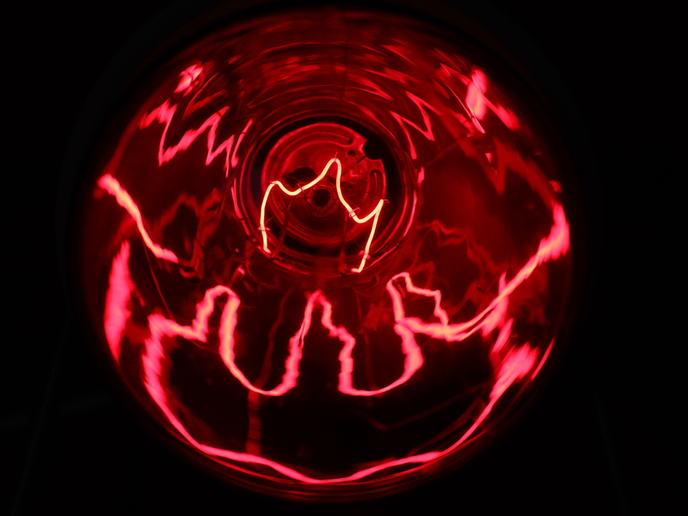Molecular ‘fingerprinting’ technology that fits on a fingertip
Technology for photonics integration(opens in new window) within silicon chips has matured tremendously, with perhaps the greatest strides seen in the telecommunications and IT sectors. The INsPIRE(opens in new window) project, funded by the European Research Council (ERC), took that technology in an entirely new direction with integration of mid-IR components onto a single chip for the efficient and portable identification of molecules such as pathogens in air, food and medical samples.
A unique set of wideband integrated optical functions
Spectroscopic methods exploit the absorption and reflection of light by matter, teasing out spectral patterns to identify the materials present according to their characteristic spectra. The mid-IR range of wavelengths contains the so-called fingerprint region(opens in new window) (around 2.5-10 µm) associated with the stretching, vibration and rotation of molecules. The spectral emission pattern, or ‘molecular fingerprint’, is unique to each specific molecule, so mid-IR spectroscopy can very accurately identify molecules in a sample. INsPIRE set out to develop a new germanium-rich silicon integrated photonics platform for the detection of molecular fingerprints. As principal investigator Delphine Marris-Morini explains, “it exploits the advantages of silicon photonics technology, including maturity, large-scale fabrication and strong light confinement. It also takes advantage of the wide transparency window of germanium up to 15 µm. In comparison, silicon oxide is transparent up to 3.8 µm and silicon up to 8 µm.” This wide window of transparency(opens in new window) means the optical materials used do not absorb and reflect light in this range so they do not impede its propagation. The monolithic integrated photonics design reduces the space required, resulting in a fingerprinting system-on-chip that fits on your fingertip.
You say you want a revolution
INsPIRE evaluated the optical properties of the envisioned platform and developed a new set of optical functions. Moving into uncharted territory, Marris-Morini recalls: “We realised the equipment we needed to test our mid-IR devices was much less developed than for near-IR wavelengths, where telecommunications applications have spurred innovation. We had to build our own wideband polarisation rotator and often bought prototypes or devices that were freshly commercialised.” In the end, the team did in fact change the world of mid-IR spectroscopy, an evolution resulting in several world firsts with resonant structures operating in the 8 µm-wavelength range: integrated mid-IR Bragg grating-based Fabry-Perot resonators(opens in new window), broadband integrated racetrack ring resonators(opens in new window), and a high-resolution broadband mid-IR silicon-germanium Fourier-transform spectrometer(opens in new window). Although development of mid-IR optical modulators was not planned at the beginning of the project, the team achieved yet another record, the first optical modulation in a mid-IR photonic circuit operating in the 5.5-11 µm wavelength range(opens in new window).
Integrated mid-IR photonics for widespread application
Marris-Morini summarises: “By pushing the frontiers of what was possible, we have built high-resolution on-chip mid-IR spectrometers working in an ultra-wide frequency band (in principle 1.5-15 µm) on a circuit less than 1 square centimetre in surface area.” The technology paves the way to portable and low-cost sensors for applications from real-time environmental monitoring of pollutants to food safety to early medical diagnoses.







